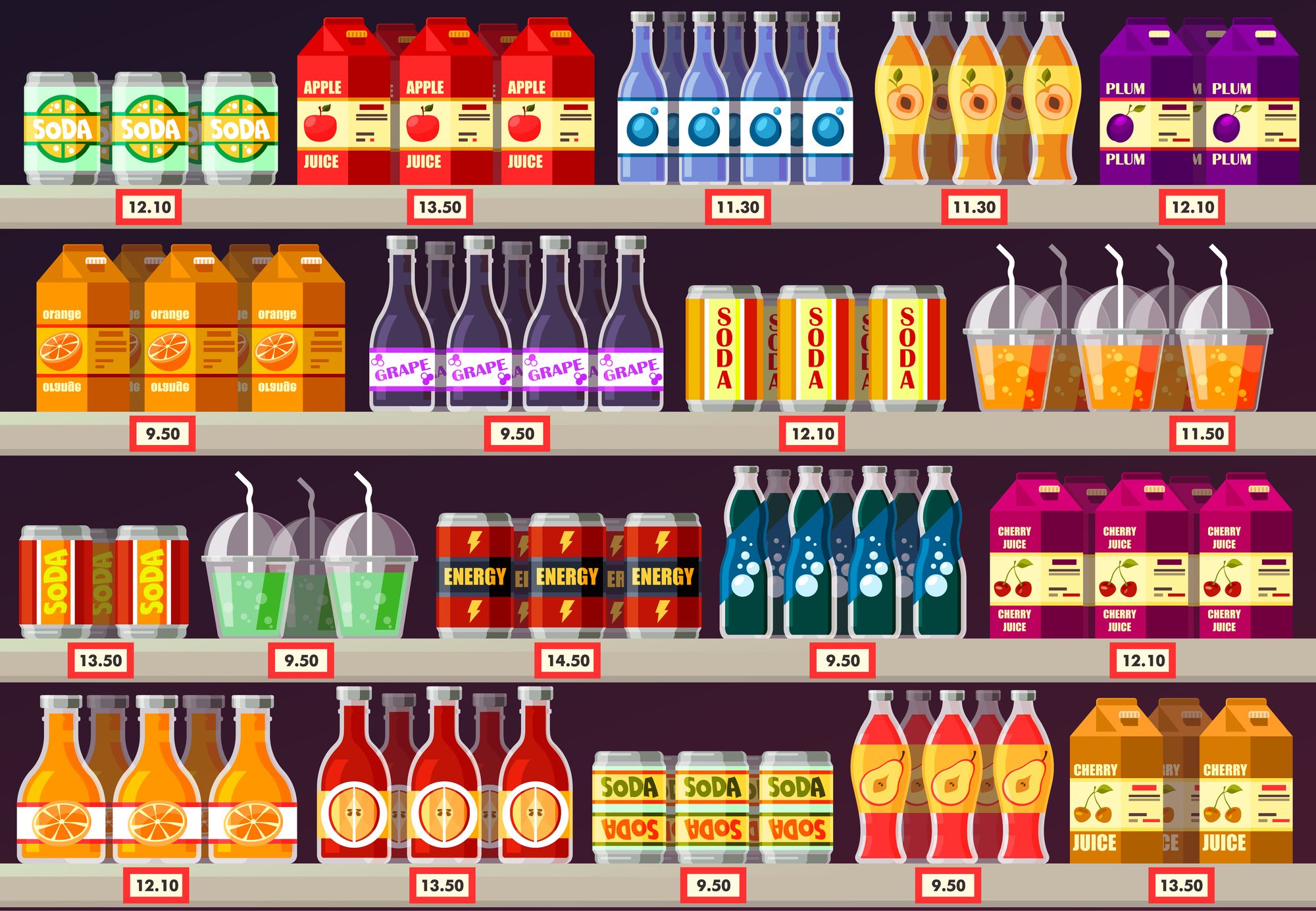
Turn your stores into customer magnets with optimal assortments. Boost sales and cash flows with Ariane 4S Assortment Optimization.
🎓 Range Structure
To be built and managed, a range needs a structure that defines it. The range Structure is made of
- Assortment structure: This pertains to the categorization or grouping of products within the range.
- Price Structure: This refers to the hierarchy or organization of prices within the range.
The range structure is essential for the Category managers as it serves as a blueprint that assists them in making decisions to enhance the effectiveness of the range. Meanwhile, for customers, it ensures consistency and stability in both product choices and pricing.
🧪 Example of Range Structure
Using Cereal Category to illustrate the concept of range structure:
Assortment Structure: There are 3 types of Cereal products:
- Kids' Cereals (often colorful with added sugars)
- Health-focused Cereals (high in fiber, organic, no added sugar)
- Instant Oatmeals
Price Structure: There are 3 price points for Cereal Type:
- Kids' Cereals: Medium Price range due to branding and flavors.
- Health-focused Cereals: Premium priced, considering ingredients and health benefits.
- Instant Oatmeals: Budget-friendly, low-priced.
❓What is used for
The range structure provides a clear and organized framework for category managers, such as:
- Efficient Decision Making: With a defined range structure, category managers have a blueprint to guide their choices, whether it's about introducing new products, phasing out underperforming ones, or identifying opportunities for promotions.
- Optimized Inventory Management: Understanding the assortment and price structures helps in forecasting demand, managing stock levels, and reducing overstocks or stockouts.
- Clear Communication with Suppliers: A set range structure allows for better negotiations and collaborations with suppliers, as there's clarity on product needs and price points.
- Performance Analysis: Category managers can better assess the performance of individual products or segments within the range, leading to informed decisions about product lifecycle and placement.
- Improved Store Layout and Visual Merchandising: With a clear range structure, category managers can make informed decisions on store layout, ensuring high-demand or high-margin products are prominently displayed.
How do category managers typically determine the specific assortment and price structures for a new range of products or categories?
Category managers often rely on a combination of market research, consumer insights, and sales data to determine the assortment and price structures for a new range of products or categories. They analyze consumer preferences, competitive landscapes, and market trends to identify gaps or opportunities within the market. Additionally, they may collaborate with suppliers and conduct product testing to assess the viability and appeal of different product assortments and price points. This comprehensive approach helps category managers make informed decisions that align with both consumer demand and business objectives.
Are there any best practices or methodologies recommended for implementing and maintaining an effective range structure over time?
Implementing and maintaining an effective range structure requires continuous evaluation and adjustment. One recommended best practice is to regularly review and update the range structure based on sales performance, consumer feedback, and market dynamics. This iterative process ensures that the range remains relevant and competitive. Additionally, leveraging data analytics and inventory management systems can help category managers optimize product assortment and pricing strategies. Collaborating closely with suppliers and conducting periodic category reviews can also contribute to the long-term success and sustainability of the range structure.
How does consumer feedback and market research play a role in shaping or adjusting the range structure for better customer satisfaction and sales performance?
Consumer feedback and market research are invaluable sources of information for shaping and adjusting the range structure. By actively soliciting and analyzing consumer feedback, category managers can gain insights into product preferences, pricing sensitivities, and overall satisfaction levels. This information can be used to refine the assortment and price structures to better meet consumer needs and expectations. Market research, on the other hand, provides a broader perspective on industry trends, competitive offerings, and emerging opportunities. By integrating consumer feedback and market research findings into their decision-making process, category managers can make strategic adjustments to the range structure that enhance customer satisfaction and drive sales performance.